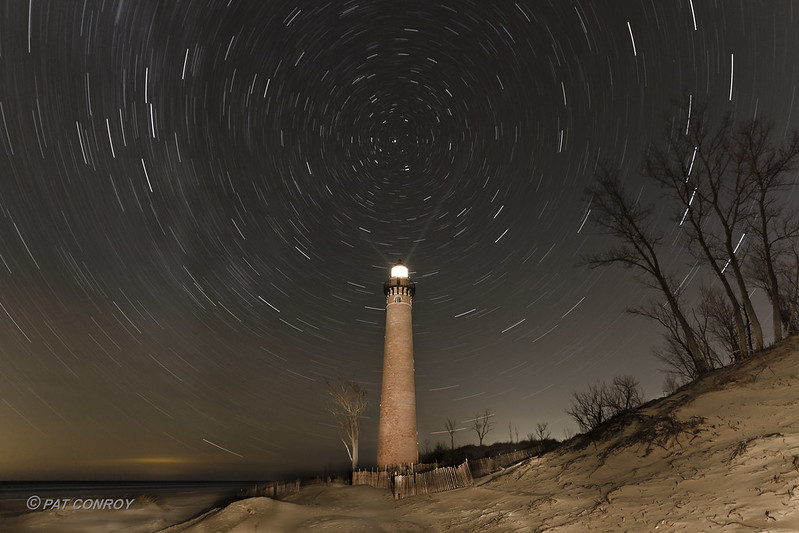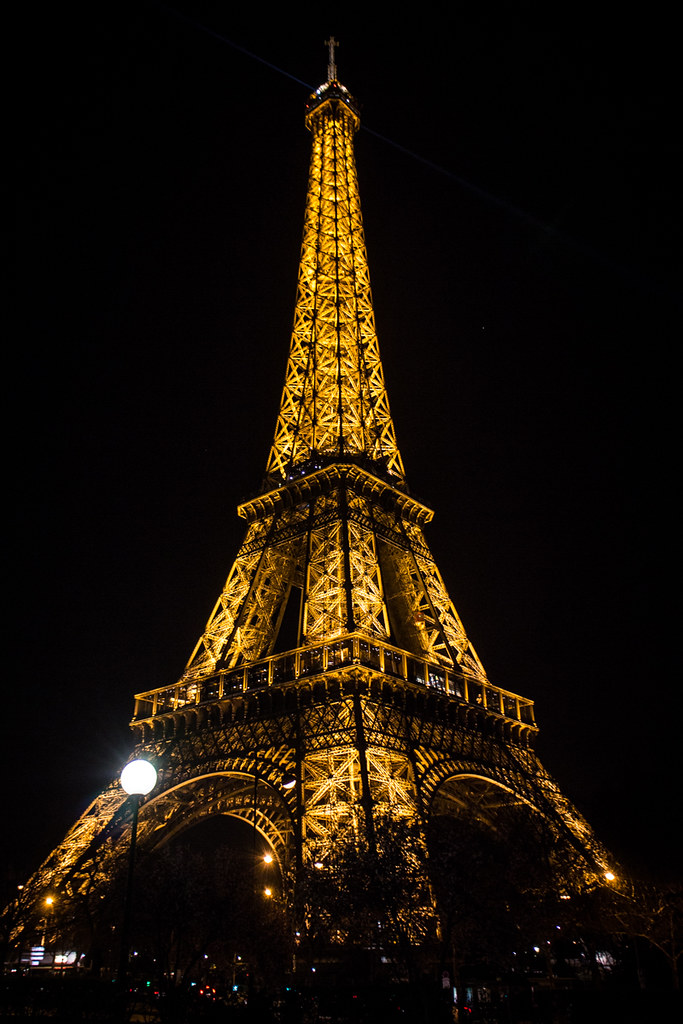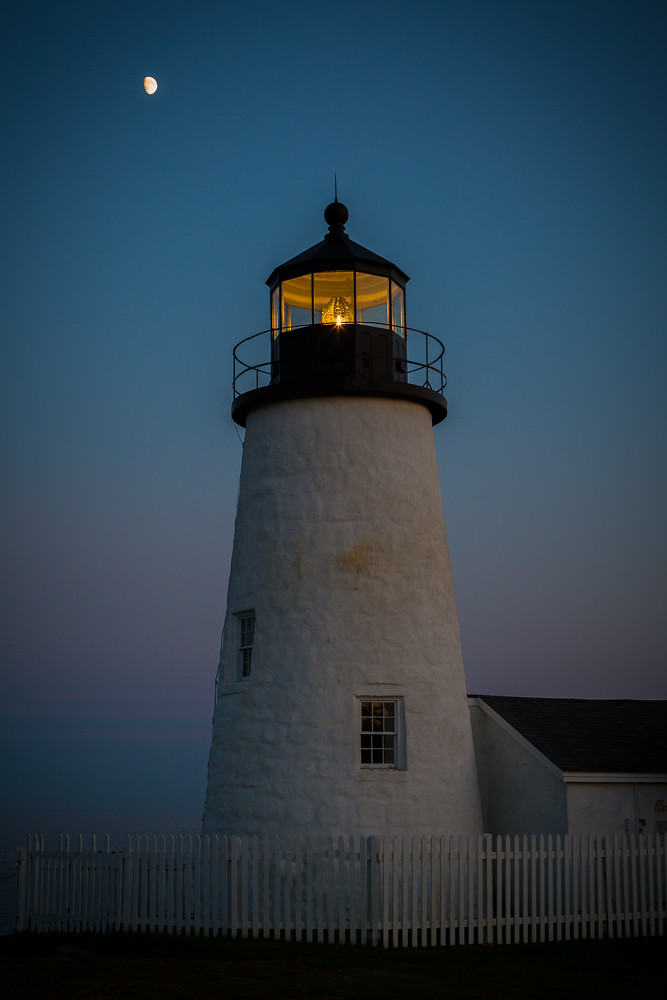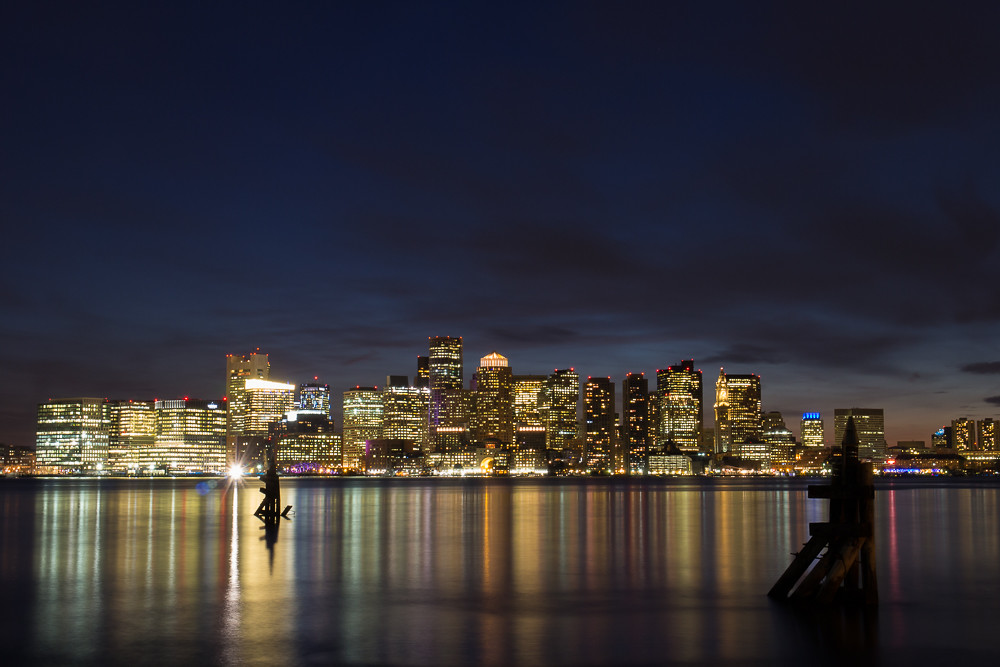Shoot only "M" otherwise the camera will overcompensate in its attempt to make it look like daytime.
If you are doing a street seen, I would start w/ 1/30th and wide open aperture and then move the ISO to where the exposure looks good to you. bump shutter speed to 1/60 if you can still get decent exposures & iso below 3200. Always w/ IS switched to "ON" on the lens.
Starscapes 600/focal length (24mm = 25 seconds) max exposure speed. F4 is a good starting point, try to go further open and lower ISO and shutter speed to reduce the electronic noise created by the sensor and signal amplifier in the camera. on a tripod w/ lens IS switched to "off" (longer focal length and longer shutter times turns the stars into little lines i.e. star trails vs. star dots)
HAVE FUN!




 Reply With Quote
Reply With Quote







